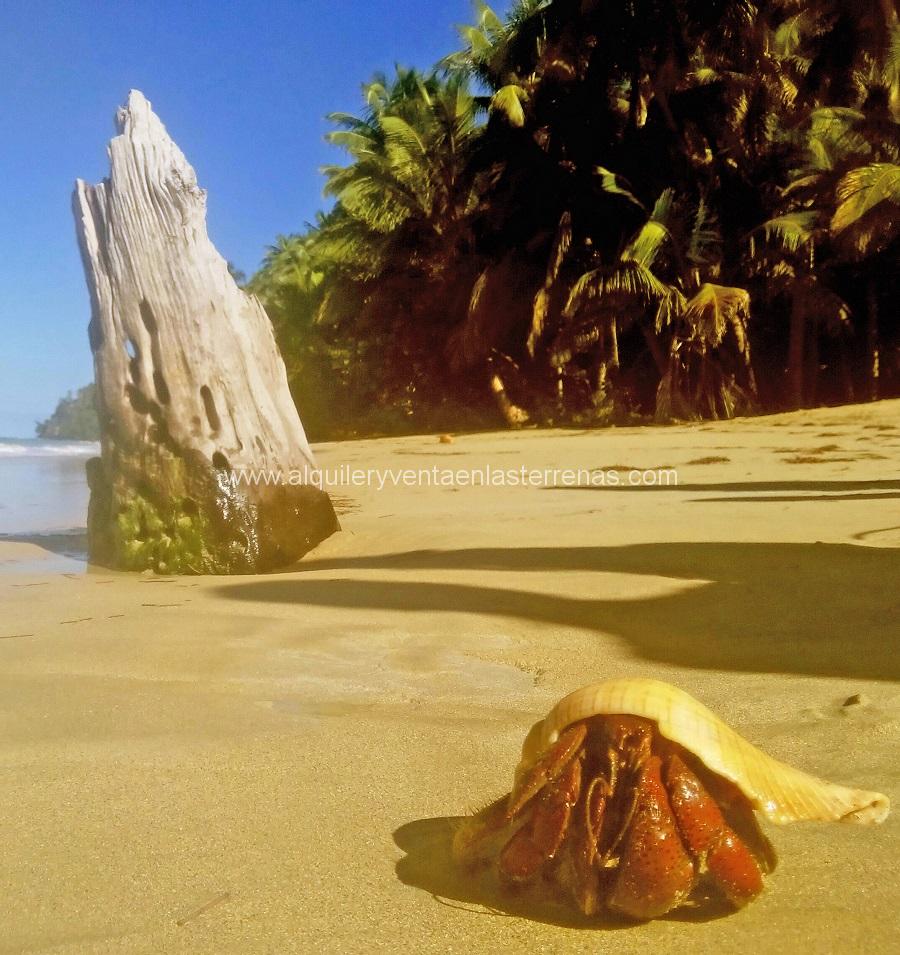The peninsula of Samaná has three principal cities, Santa Bárbara de Samaná, popularly known as Samaná, Las Terrenas and Las Galeras located to the north in its approximately 600 square kilometers of land that the peninsula has.
Of the three cities, perhaps the most famous is Samaná, since it is the destination that the humpback whales from the Atlantic have chosen to mate and give birth to their young, for which excursions are organized to observe the whales.
That is why it is said that Samaná is the best destination in the Dominican Republic for lovers of adventure and nature. Not only for the spectacle that the whales offer us, but also for its magnificent green mountains, its long beaches, for the solitude and the little mass of tourists, for small fishing villages bathed by the turquoise sea water.
Samana is also a good option for experienced diving enthusiasts and a privileged place in the Dominican Republic to relax, feel the freshness and discover happiness while observing the natural environment that surrounds us.
Surely if you are spending your holidays in a T.I. You can stop some day outside the hotel, but being in Samaná will allow you to feel like an authentic explorer.
Samaná is unlike the rest of the areas of the island, has a European flavor, at first the French settled down, but now many Italians and Spaniards have opened businesses to supply tourists in the area and make this beautiful peninsula its place of residence.
Despite being the Samaná peninsula increasingly chosen as a tourist destination, the payment with credit cards is not yet widespread, so it is advisable to carry cash or travelers checks.
Places near Samaná:
Those who travel to the province of Samaná should consider spending all their vacations in Samaná.
This is because the peninsula of Samaná is a destination for tourists that has different areas, as well as the possibility of carrying out different activities, so whatever your tastes Samaná can offer them.
The hotels are located mainly in the city of Samaná, Las Galeras, located 25 kilometers from the city of Samaná, Las Terrenas, located north of the peninsula, El Portillo, Cozón and Playa Bonita.
You can cross the peninsula from north to south in half an hour and about an hour to go from west to east.
History of Samaná
The Bay of Samaná, located to the south of the peninsula, has been during the course of history a cemetery of boats. The pirate Roberto Cofresi sank his own ship to see no escape from Spanish ships.
His ship sank in Punta Gorda, full of treasures, but to this day neither the ship nor the treasures it housed inside have been found.
Other famous galleons that are sunk in the Bay of Samaná are, The Count of Tolosa and Our Lady of Guadalupe, both of Spanish origin. Both galleons were unaccounted for approximately 250 years and in 1977 and 1976 respectively they were found intact.
Both galleons made the route between Mexico and Spain as freighters of mercury, were sunk, with a difference between them of a few hours, to be surprised by a strong storm that caused both galleons to move away from the coast approaching the dangerous coral reefs , until finally they split in two, dragging 600 passengers to the bottom of the sea.
In addition to the shipment of mercury, the Count of Tolosa and Our Lady of Guadalupe, they transported hundreds of gold and silver coins minted in Spain at the beginning of the 18th century, a large quantity of crystal glasses and jewels. Many pieces, as well as a multitude of photographs of the discovery of both galleons are in the Museum of the Atarazana de Santo Domingo.
In 1860 the United States offered to the government of the Dominican Republic 2 million dollars to buy the peninsula of Samaná with the objective of establishing a permanent military base in it, which was finally established in Guantanamo, Cuba.
It can be said that Samaná entered the tourist circuits when in 1985 the first excursion to observe the Humpback Whales took place.

